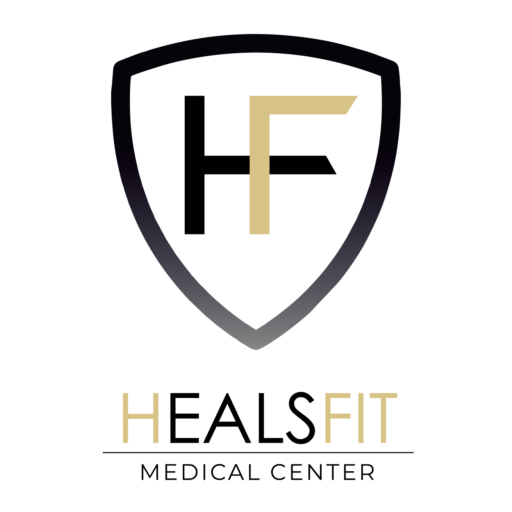Physiotherapy
Physiotherapy is the set of treatments using one or more physical agents: electrotherapy, TECAR therapy, local cryotherapy, ultrasound, (shock waves?), hot, cold.

WHAT IS PHYSIOTHERAPY?
The term physiotherapy refers to a discipline whose objective is to improve the health and
restore the motor skills of people by using natural agents, without medication.
This discipline is relatively recent, since it appeared at the beginning of the 20th century;
even if the benefits of elements such as cold, water or heat, have been empirically known
since the dawn of time.
Among the most frequently used means in physiotherapy are:
Heat (thermotherapy)
Cold (cryotherapy)
Water (hydrotherapy)
Electric currents
(Electrotherapy and radiofrequency).
Physiotherapy is used by physiotherapists, who use these different techniques as part of the
rehabilitation of muscles, tendons, or joints.
In everyday language, physiotherapy and physiotherapy are sometimes confused; especially
since in some countries, the term "physiotherapist" refers to a profession in its own right. A
distinction is generally made between: Physiotherapy, which refers to movement treatment,
with techniques such as massages, manual mobilisation or stretching Physiotherapy, which
refers to a set of physical methods used by physiotherapists as part of their care.
WHAT ARE THE MAIN INDICATIONS OF PHYSIOTHERAPY?
Physiotherapy in its various forms is very commonly used in physiotherapy. Indeed, it can be
involved in the treatment of a wide range of pathologies.
Physiotherapy mainly pursues an analgesic goal: that is, it reduces pain, but also other
common symptoms such as swelling or stiffness.
It often intervenes in addition to other treatments, whether medical, orthopaedic or
physiotherapy.
The most common indications for physiotherapy are:
Injuries and pain of the musculoskeletal system (sports injuries, sprains, muscle tears, tendonitis, bursitis, joint stiffness...)
Inflammatory diseases, such as rheumatoid arthritis and gout
Blood or lymphatic circulation disorders
Physical disabilities and pain caused by neurological disorders (stroke, hemiplegia, multiple sclerosis...)
Degenerative diseases of the musculoskeletal system, including osteoarthritis
Common conditions such as lumbago or torticollis
Chronic pain (recurrent back pain, fibromyalgia, other persistent pain)
Cardiorespiratory diseases (bronchitis, asthma...)
Physiotherapy, like physiotherapy, is therefore aimed at all audiences: amateur and professional athletes, but also the elderly, pregnant women or children. Finally, some techniques are also used for aesthetic purposes, for example to fight cellulite.
WHAT ARE THE BENEFITS AND BENEFITS OF PHYSIOTHERAPY?
Physiotherapy is a mode of treatment that has many advantages:
It is very effective in relieving acute and chronic pain, which is the most frequent reason for
consultation. Some techniques have other benefits, such as better muscle strength for
electrotherapy, or improved sleep and psychological well-being for whole body cryotherapy.
It avoids or limits the use of medications, especially those against pain (analgesics). This is a
big advantage for people who suffer from chronic pain.
Indeed, in the absence of an effective solution to relieve their symptoms, these patients
often have prolonged use of analgesics whose side effects are numerous.
It allows people suffering from very diverse and sometimes difficult to treat ailments to
effectively recover their physical abilities; it is therefore a significant gain in terms of quality
of life.
In addition to medical treatment and other physiotherapy techniques, it can accelerate the
recovery of people who have suffered trauma or sports injury.
Finally, they are techniques without side effects and without danger.
